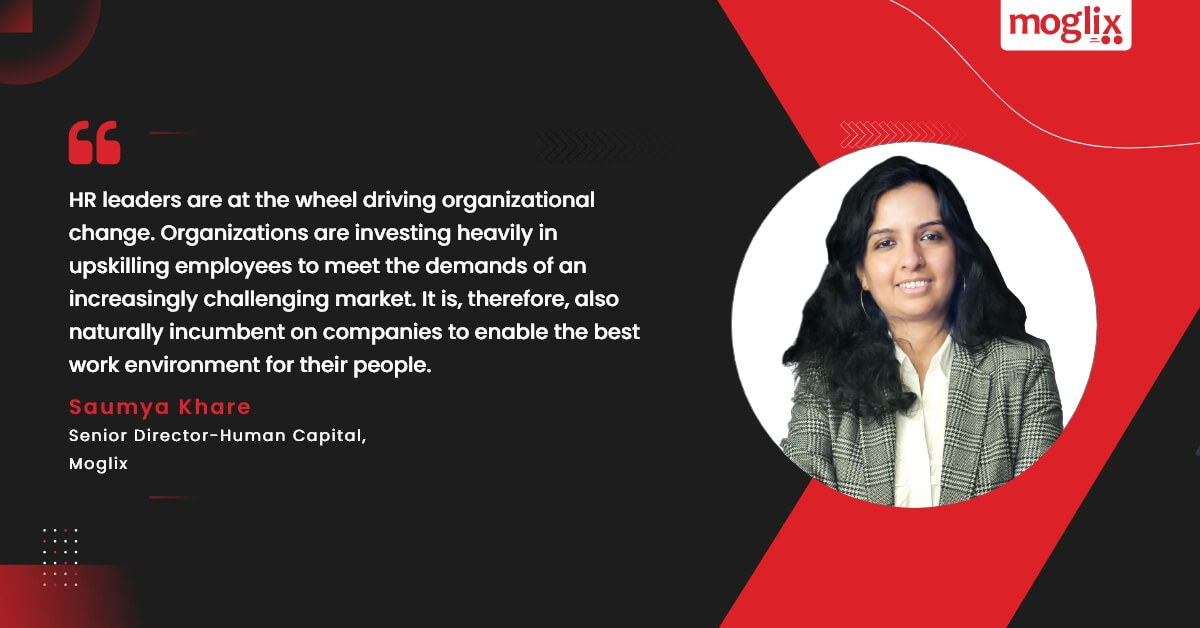In search of holy grail of employee wellbeing – Workplace Safety

The rate of change in the workplace is at an all-time high. We all know that change is inevitable and necessary to stay ahead of the competition, but change can induce fatigue across all workforce levels. Gartner’s 2022 report on Top HR Priorities lists change management and redesigning the organisation to be future-ready as critical focus areas for HR leaders.
An excellent first step for talent leaders at organizations’, both big and small, is to define what constitutes employee safety and well-being. A few parameters that can help determine this can be:
1. The nature of work – implications of employee safety for a heavy industry manufacturing facility and a large IT firm are obviously different. The correlation between the business model and employee behavior is affected by nuances like a field workforce, travel, distributed work facilities and man-machine interaction.
2. The intensity of work – Some roles can be more demanding and have longer-lasting implications on people’s physical and mental states. organisations need to be mindful of how much stress various roles can generate.
The concept of Zen derived from Mahayana Buddhism is based on strict principles and virtues, and yet, it retains fluidity to allow disciples to achieve a higher state of mind. Similarly, organisations can seamlessly tie workplace safety and employee well-being with their purpose and culture
